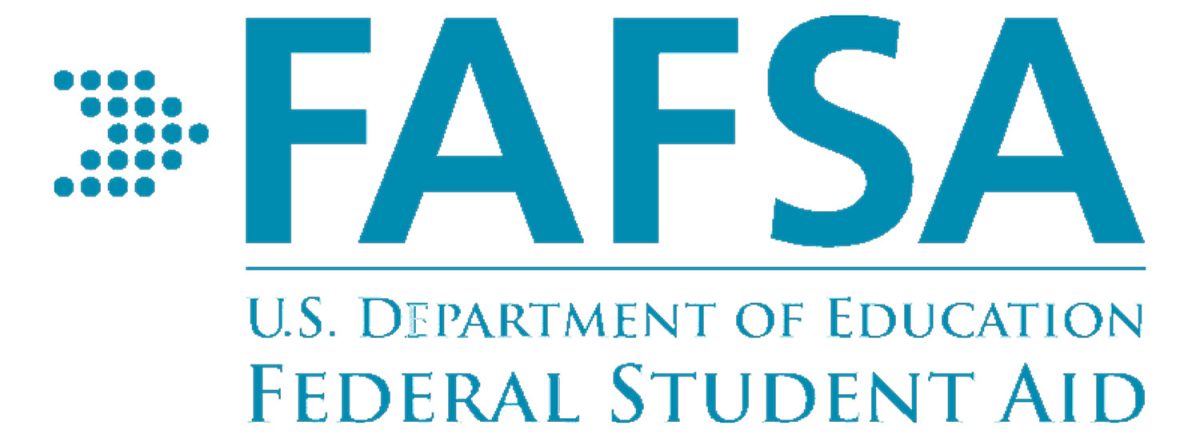A bright screen blaring “FAFSA” in blue block letters fills the screen of a laptop as an anxious student sits trying to navigate around the website. All of their applications were sent in and the last step of the cycle was to fill out the form.
The Free Application for Federal Student Aid, more commonly known as FAFSA, started to be available in 1992 and throughout the years has become increasingly updated. More recently, the US Department of Education announced a newer version of the form, making it shorter and less complicated which was set to release by Dec. 31.
“The FAFSA is done by the federal government in order to provide Pell grants to students who qualify for funding,” Associate Principal Bettie Stark said. “They tried to shorten and simplify the process for students and families who wanted to go to school to get the money to the students more timely.”
Though the purpose and delivery of the application remain the same, there are changes besides the length of the form such as the process of the creation of FSA IDs.
“It has been shortened, so there’s not quite as many questions. Students and parents do still create their FSA ID,” Stark said. “[Before the update], you used to be able to create FSA IDs and go straight into [filling out] the FAFSA, but now you have to wait there’s like a three or four day lag between it.”
To provide assistance with this important step in applications, there will be several workshops for students and parents to attend. They will be able to ask questions and have guidance while filling out the form.
“We are having a FAFSA Workshop Monday, Jan. 29 during Experience THS from 6 to 8 p.m. in the library to help seniors and parents create FSA IDs and also complete the actual FAFSA application,” Administrative Assistant Laura Fuller said. “Seniors are always welcome to email Mrs. Stark or me with any questions or stop by the College and Career Center and we will be glad to help them.”
As expected, problems start to arise as students and parents start filling out the forms. Due to this, the department labeled this initial stage as a soft launch, trying to fix problems as they occur.
“Because of the changes, they didn’t roll it out as quickly as they were hoping because in the past, we used to have the FAFSA in October, and now it opened on Dec. 31,” Stark said. “Students are still struggling because the [form is going through an experimental period called a] soft launch, so it’s up some days and down and they’re working and tweaking it. But the goal is still the same and that is to try to get those Pell grants to students for college.”
Submitting the FAFSA form is a graduation requirement in the state of Texas, so turning it in is essential. Alternatively, if a student decides not to attend college, they have to fill out a waiver.
“The state of Texas requires all Texas students to complete the FAFSA upon graduation,” Stark said. “There is an opt-out waiver if students want to do that.”
While completing the form, students ran into issues that created some worry in the process.
“I was worried because it wouldn’t let me sign the form,” senior Dakota Dennard said. “My parents and I had to repeatedly call the helpline in order to work this out. We ended up not being able to but they told us not to worry because they’ll reboot the form.”
Using the information entered from the form, the department assigns students with a Student Aid Index (SAI) that will determine how much aid the student can receive. By filling out the form, students who might avoid going to college due to cost will have a better understanding of what it will actually cost.
“A lot of students may say they don’t want to go to college, and the reason why they say they’re not going to college is because they think they can’t afford it,” Stark said. “By encouraging all high school students to fill out the FAFSA, they can have an idea of what money is available to them if they want to use those funds.”



